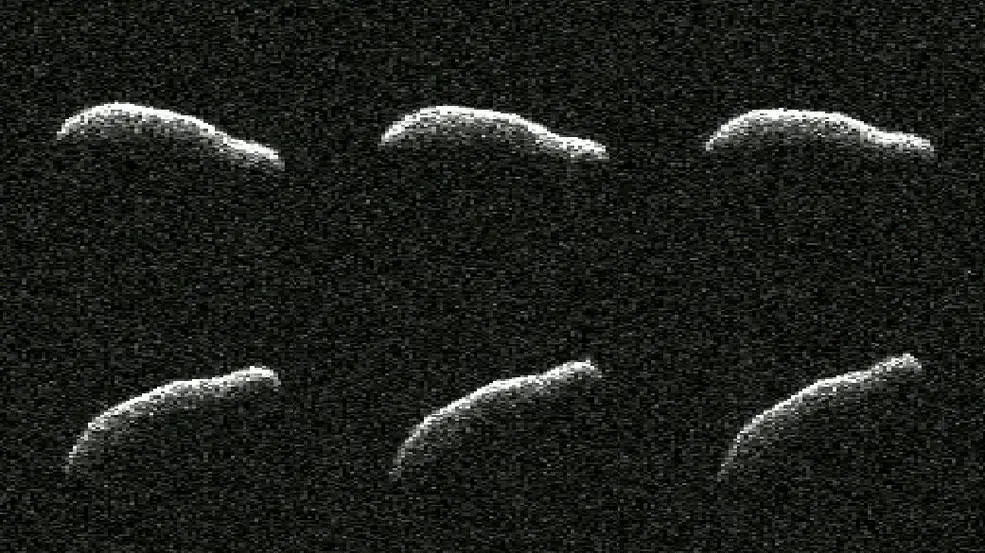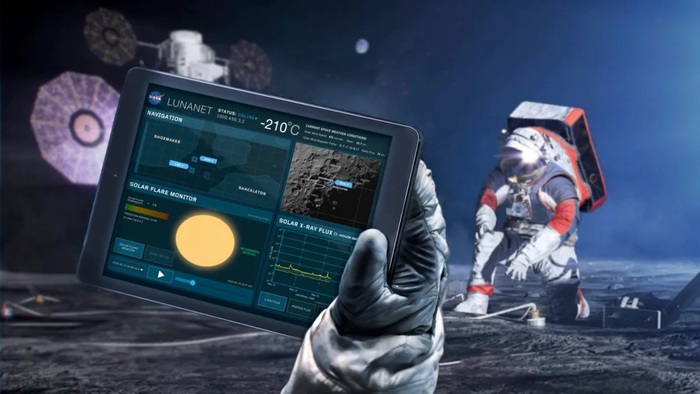The asteroid as photographed by NASA (Photo: NASA/JPL-Caltech)
About two weeks ago, one of the longest asteroids ever observed was monitored by the US space agency's Deep Space Observation Network, when it passed within a safe distance of 1.8 million kilometers from Earth.
The asteroid, 2011 AG5, is about a cigar long, with its length three times greater than its width - its length is 500 meters, and its width is 150 meters.
The close pass by our home planet allowed scientists to measure its shape, axis motion and surface area.
The one following him is the "Goldstone" radar antenna for tracking objects in the solar system in Barstow, California - which is part of NASA's Deep Space Observatory.
The radio telescope's observation lasted about five days, and revealed additional details besides the unusual dimensions of AG5 2011, for example, it has darker and smaller areas, which may indicate a surface at different heights.
The observation also stated that the rate of its rotation on its axis is quite slow, taking nine hours to complete.
The asteroid, by the way, will appear to the naked eye as a large lump of coal.
Besides the measurements of AG5 2011, the Goldstone radar was also able to determine its orbit around the Sun.
The data will allow the agency's scientists at the Near Earth Object Research Center to better understand its trajectory.
It orbits the Sun every 621 days, and will not come close to Earth until 2040, when it will pass at an even closer distance to us - 1.1 million kilometers.
The moment of impact with a dimorphous asteroid (NASA)
"Amusingly, shortly after its discovery in 2011, AG5 became the poster boy for asteroids that are not in danger of hitting us," says Paul Chodes, head of the Near-Earth Object Research Center at NASA's Jet Propulsion Laboratory. "Continuous observations of the object ruled out any possibility of an impact, and the current measurements will allow us to determine its location in the distant future," he adds.
The Center for Near-Earth Object Research (CNEOS) calculates the trajectory of every near-Earth asteroid to assess its risk of impact. The Goldstone Observatory, and CNEOS are both part of the Interstellar Defense Coordination Office, which is headquartered in Washington.
technology
Tags
asteroid






/cloudfront-eu-central-1.images.arcpublishing.com/prisa/TQ73US57UFGWTIXR7C3BS2OTIA.jpg)







